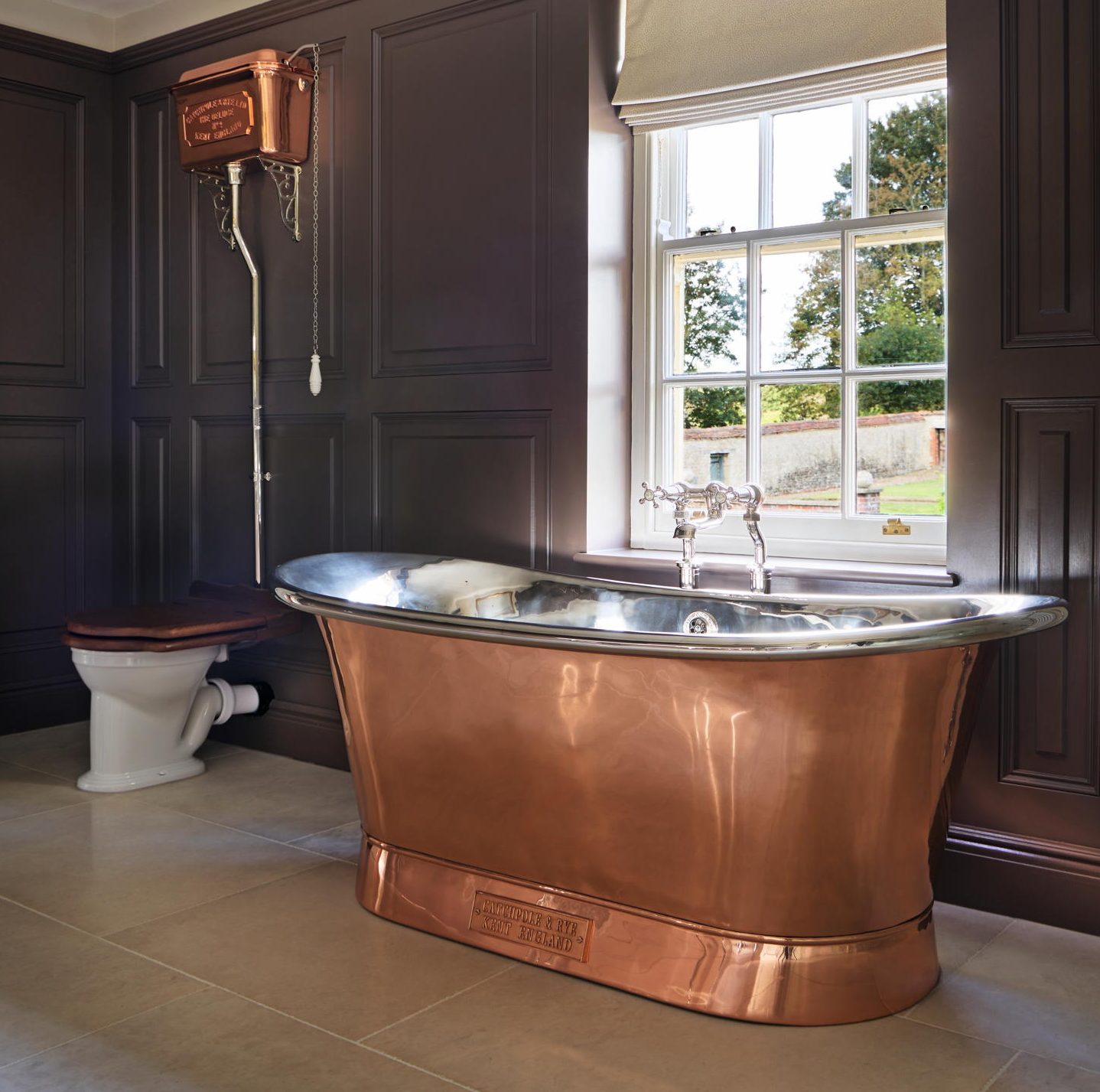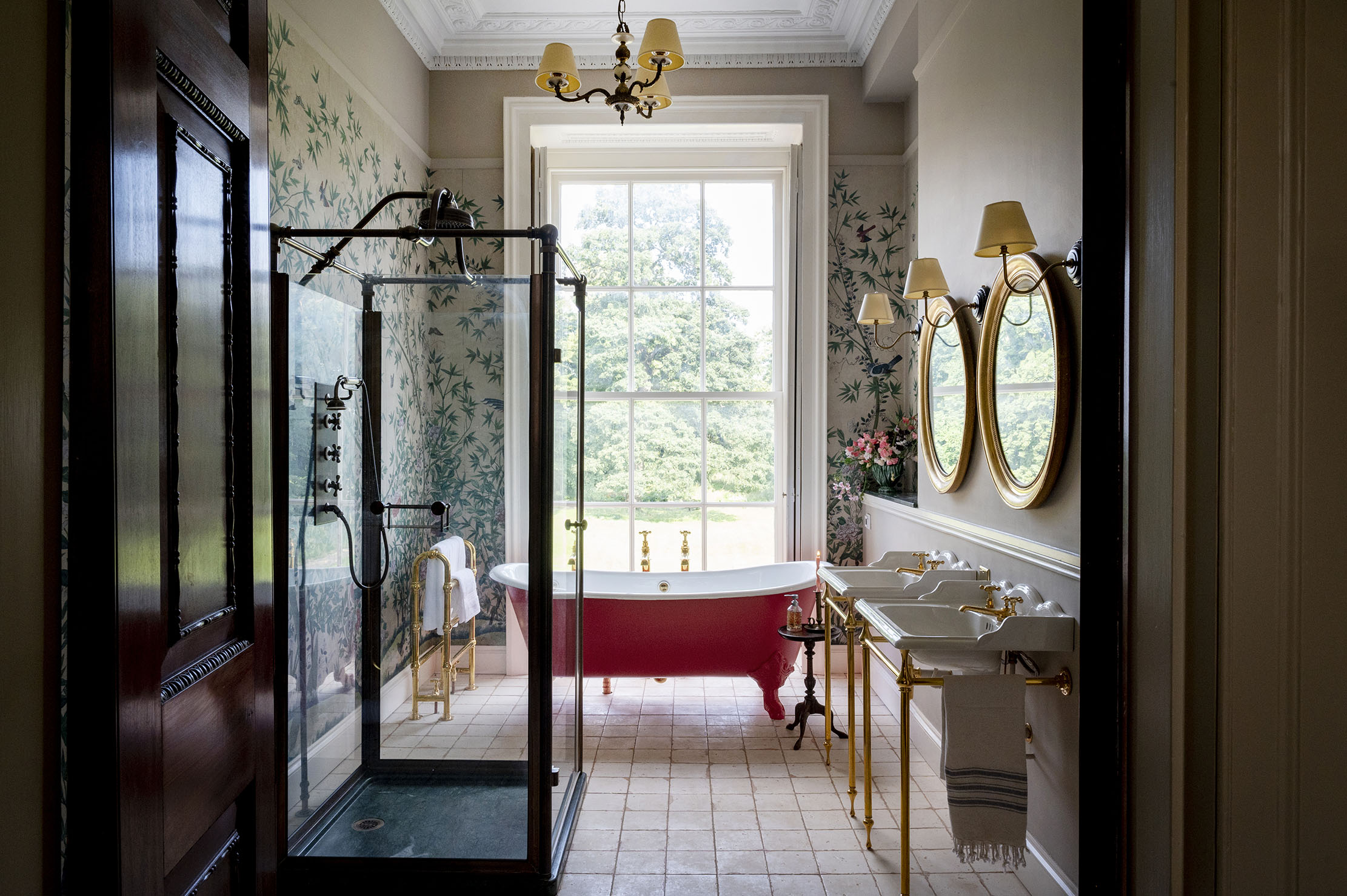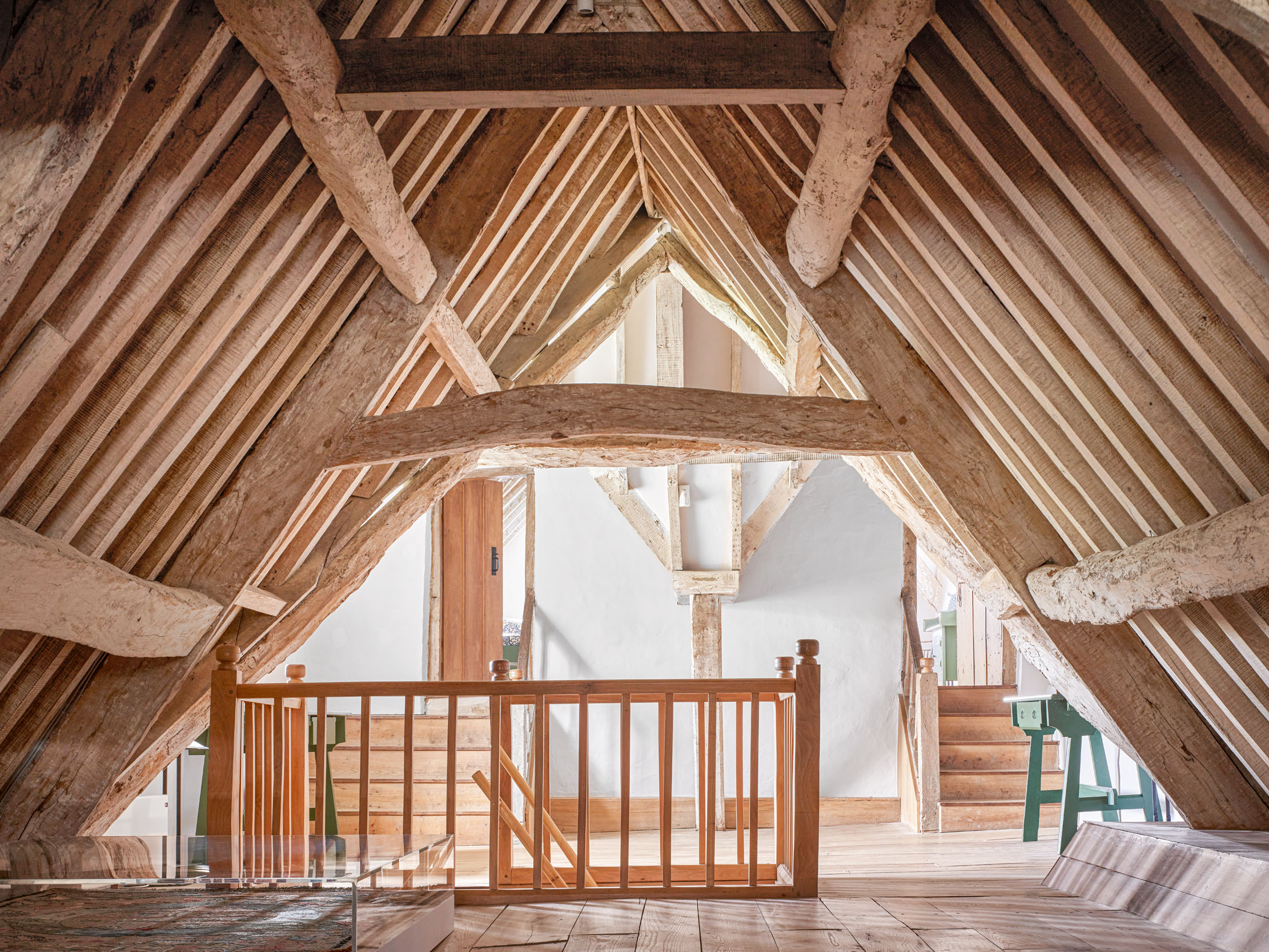The British bathroom company with 200 years of quality behind it
Samuel Heath's beautiful bathrooms have been a British institution since 1820. Arabella Youens spoke to the boss to find out how they keep up standards, almost 200 years on.


An early idea for this photoshoot involved managing director David Pick standing beneath one of Samuel Heath’s hand-finished showers – in full flow. It was quickly vetoed. ‘I don’t have enough decent suits for that spectacle,’ he laughs. ‘We opted to use our factory for inspiration – we’re pretty proud of it.’
The Birmingham-based 150,000sq ft factory has been the firm’s home since 1850 and everything it produces takes shape under the one roof. Although its façade is listed, the interiors incorporate some of the latest technology. ‘It’s a blend of old and new that seems to work for us.’
Founded in 1820, the firm’s majority shareholders remain the Heath family; today’s chairman, aptly named Samuel, is the fifth generation to oversee its progress. The business started out as a traditional brass foundry and went on to produce a vast array of products from bedsteads to fireside accessories.

Today, it’s one of the best-known British manufacturers of high-end bathroom accessories, taps, showers and architectural hardware.
Each piece is formed using solid Northern European brass, which is then hand-polished to create a flawless finish before undergoing a high-quality electroplating process. ‘We go against the grain by not outsourcing elements. Lead times, even for larger projects, are getting shorter and shorter, but we have to be in control of the product and its availability,’ explains David, who joined the company on the production side before working his way up through the commercial teams.

Product collections range from collaborations with Royal Crown Derby through to the company’s latest range, Landmark, which is inspired by the Bauhaus era, so historical detailing takes a primary role.
‘We like to take cues from a particular period in time, such as those of the Art Deco and Arts-and-Crafts movements, and design products that are instantly recognisable to an informed audience, but not so much that they end up being pigeonholed,’ says David.
Sign up for the Country Life Newsletter
Exquisite houses, the beauty of Nature, and how to get the most from your life, straight to your inbox.
‘The Art Deco range, for example, could work equally well in a contemporary setting as it could in a 1920s house.’

Interior design: Period bathroom style
Country bathrooms always look good in a period style: we show you how to do Georgian, Edwardian and Victorian bathrooms

The surprising secret of marital harmony: not two bathrooms, but two basins
Michael Caine swears by separate bathrooms. You don't need to go quite so far, says Giles Kime.

The perfect shopping list for a 'forever home'? Detached, in the country, and close to a decent pub
The ideal 'forever home' has four bedroroms, two bathrooms and a garden that's not too big and not too small,
-
 RHS Chelsea Flower Show: Everything you need to know, plus our top tips and tricks
RHS Chelsea Flower Show: Everything you need to know, plus our top tips and tricksCountry Life editors and contributor share their tips and tricks for making the most of Chelsea.
By Amie Elizabeth White
-
 Hidden excellence in a £7.5 million north London home
Hidden excellence in a £7.5 million north London homeBehind the traditional façades of Provost Road, you will find something very special.
By James Fisher
-
 The key to a great bathroom? Make it feel more like your sitting room — even to the point of having an armchair next to the bath
The key to a great bathroom? Make it feel more like your sitting room — even to the point of having an armchair next to the bathFlora Soames is on a mission to encourage more and more of us to embrace the concept of the decorated bathroom.
By Country Life
-
 The £27,600 wooden bathtub and other modern day marvels to create an unforgettable bathroom
The £27,600 wooden bathtub and other modern day marvels to create an unforgettable bathroomWhen is a bath not a bath? When it's a work of art.
By Toby Keel
-
 Soaking it up: Five brilliant bathubs
Soaking it up: Five brilliant bathubsMake a bath an event, with these extraordinary bathrooms and bathtubs selected by Amelia Thorpe.
By Amelia Thorpe
-
 Best free-standing baths from £4,000 to £14,000 — for people who really want to splash out
Best free-standing baths from £4,000 to £14,000 — for people who really want to splash outFree-standing baths for making a statement — not to mention causing havoc with your bank statement.
By Amelia Thorpe
-
 How a chance discovery of a wallpaper fragment inspired the look of this country house bathroom
How a chance discovery of a wallpaper fragment inspired the look of this country house bathroomA fragment of hand-painted chinoiserie set the scene for the decoration of this bathroom at Keythorpe Hall, Leicestershire.
By Arabella Youens
-
 10 things I wish I'd known about doing up old houses before I started, by Country Life's interiors guru Giles Kime
10 things I wish I'd known about doing up old houses before I started, by Country Life's interiors guru Giles KimeCountry Life’s executive editor and resident interiors expert Giles Kime shares the lessons he’s learnt from the experience of dragging a succession of houses into the 21st-century.
By Giles Kime
-
 Breathtaking new looks for bathrooms, from linen and lights to a truly spectacular nickel bathtub
Breathtaking new looks for bathrooms, from linen and lights to a truly spectacular nickel bathtubElegant baths, vanities and accessories to add a touch of luxury to your bathroom, selected by Amelia Thorpe.
By Amelia Thorpe
-
 Everything you need to transform your bathroom into a stylish oasis, from patterned walls to elegant marble washstands
Everything you need to transform your bathroom into a stylish oasis, from patterned walls to elegant marble washstandsIdeas and inspiration as selected by Amelia Thorpe.
By Amelia Thorpe